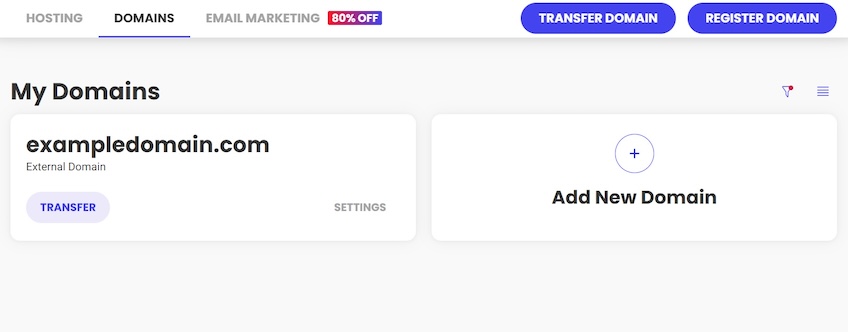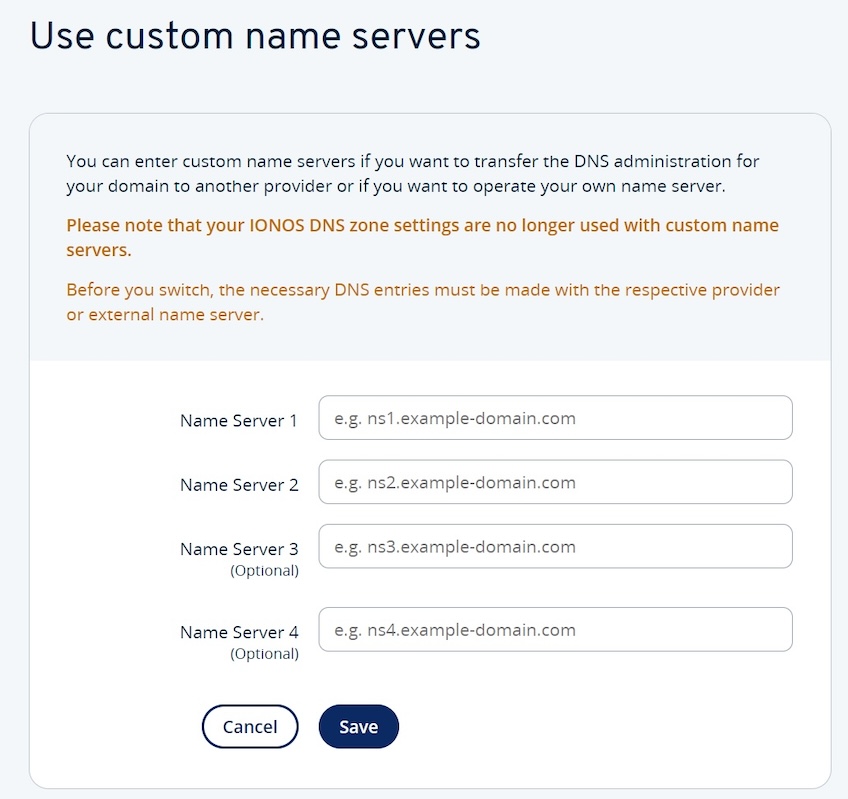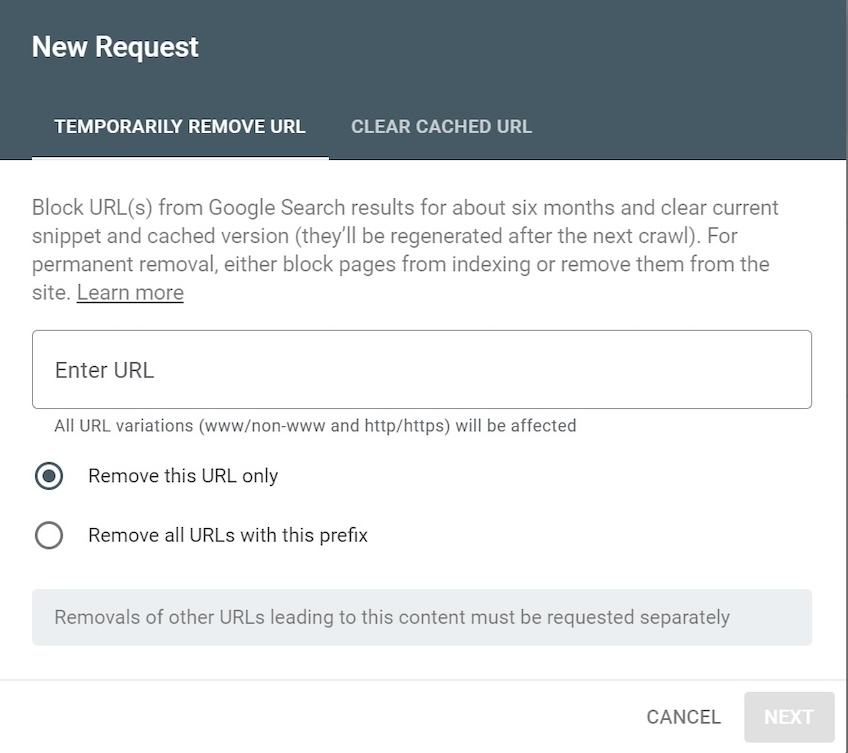You no longer want your WordPress site. Maybe you hate your theme—or maybe everything’s broken. Regardless, you want it gone: posts, comments, pages, the works.
But there’s more to deleting a WordPress site than clicking a button. There may even be a few things that are largely out of your control. To truly delete your WordPress site, you’ll have to disconnect your domain, delete your files, erase your database, and even suppress your search engine results.
Let’s get started.
Before You Delete Your WordPress Site…
Before we go further, a caveat. There are a lot of ways to host a WordPress site. You could host a site on WordPress.org, GoDaddy, Hostinger, a private server, or a VPS. The exact steps you need to take to delete your WordPress site permanently will vary depending on how your website is hosted.
So, we’ll explain the broad steps you need to take to delete your WordPress site safely. With nearly any WordPress host, these will be the accurate steps you have to take—it’s just the specifics that could vary.
(There’s only one exception: WordPress.com. If you’re hosted on WordPress.com, deleting your website will work differently. We cover this below.)
1. Backup Your Site
You’re certain you want to delete your site. Still, you should back up your data first. It only takes a few seconds to back up a WordPress site, and it protects you from accidentally deleting data you need later.
With a backup in hand, you can take down your site completely for now while still being able to potentially restore it in the future.
2. Disconnect Your Domain
The easiest method of taking your website down is disconnecting your domain.
To get to your website, someone must first have your domain name. Your domain name is an alias—it tells people where your server is. So, when you disconnect your domain name from your server, it will no longer “resolve.” When people go to your domain, they won’t find your website.
There are two reasons why you should disconnect your domain name before doing anything else:
- If you delete your WordPress installation (such as files and database) first, your domain name will still exist. So, people will go to your domain name and still be directed to your server. This can be a security risk if you have other files on your server, and it can be confusing to anyone trying to view your site.
- If your domain name is still live, search engines will still index it. So even though your WordPress site is down, people may still get directed to your website through search engines like Google and Bing.
The good news is that even if you disconnect your domain name from your WordPress site, you can still keep the name—perhaps for future projects.
Find Your Domain Settings
Start by finding out where your domain is configured. If your hosting service uses cPanel, you’ll see a section like this:

Other hosting services have a Domain Management page:

Note: Most people purchase their domain with their hosting service. However, it’s also possible that you purchased your domain through a domain registrar (such as GoDaddy) and hosted your website through a different service (such as HostGator). If that’s the case, you must go to your domain registrar, not your web hosting service, to manage your domain.
Disassociate Your Domain
When someone types “QuickSprout.com” into their browser, their browser sends a DNS (Domain Name Server) request. The DNS request takes “QuickSprout.com” and translates it into a location, such as “nameserver.awsdns.com.”
So, if you go into your domain’s settings and erase the name servers, your website will no longer resolve. Below, you can see the options that you will find under your domain name’s settings.

Erase your Name Servers to disconnect your domain.
It’s also possible that your host will provide you with a Reset Your Domain or Disassociate Your Domain option—but not all hosting services will. Deleting your name servers will always stop your website from showing up.
Any changes to your domain may take a few hours (or even a day) to propagate. So don’t be discouraged if your domain shows your website for a few hours. When you want to use your domain again, you can point the name servers to your new site.
3. Delete Your WordPress Files
Deleting your domain name means no one can find your site—at least not without connecting to your server directly. But at this stage, your site isn’t deleted. It just can’t be found. To really delete your site, you have to delete your WordPress files.
Most hosts today use cPanel for administration. Others use a built-in file directory system. Either way, by navigating to your File Manager, you can modify (and delete) your WordPress files.

The File Manager will show you the files on your server.
On your server, you should see a public_html directory. Within that directory, you should see the following folders: wp-admin, wp-content, and wp-includes. These form the backbone of your WordPress installation.

To delete your WordPress site, delete every file and folder found under public_html.
4. Delete Your WordPress Databases
You’re almost done. But there’s still one more component to your site that you need to handle. Your WordPress site is built upon both its file structure and its database.
Your public_html folder contains your website’s themes and appearance, but your MySQL database contains posts, pages, comets, and more. So, the final stage of deleting your WordPress site is to delete your WordPress database.
In your hosting account, go to Databases. This may also be under MySQL, depending on your host. In cPanel, it will look like this:

It may also look like this:

If there is more than one database on your account, you should confirm the database you need to delete before taking any action.
Your WordPress database may have an entirely random name (for security purposes), but if you browse the database, you will see tables such as wp_users, wp_posts, wp_comments, and wp_terms.
Delete your database, as below, and your posts, comments, and other dynamic WordPress data will be permanently deleted.

Delete Online Traces of Your Website
Okay, so your database is disconnected, your files are gone, and your database has been deleted.
But does that mean that your website is truly scrubbed from the internet?
Though the internet is dynamic, it’s also sprawling. There will likely still be ways to find your website’s content unless you go through a few extra steps.
Remove Your WordPress Site from Search Results
Once you delete your domain, search engines slowly stop showing your website. They can tell that there’s no content there. But it may not be immediate.
You can manually remove your site from Google with the following steps:
- Log into Google Search Console.
- Click Removals -> New Request.

- Type your site’s URL.
- Click Next -> Submit.
Note: This tool will “temporarily” remove your site for around six months. However, that’s long enough that the site will no longer be crawlable, as the domain has been deleted.
Even if your website does show up in search engine results, the link won’t go anywhere because you have taken the website down.
Remove Your Site from the Internet Archive
The Internet Archive permanently archives sites across the web for historical purposes. And that can be inconvenient if you’re trying to remove something forever.
To remove a site from the Internet Archive, you need to send a request to info@archive.org.
Your request will need to include:
- the URL you want to be removed
- the time period you want to be removed
- the time period during which you had control over the site
- and any additional context
The Internet Archive will want to know why you wish to have your website archived. Be as specific as possible, or your request may be rejected.
Other Ways to Delete a WordPress Site
If you’ve gotten this far, you know it takes a lot of steps to delete a WordPress site. So, you should know that there are also a few other options—they just aren’t as complete.
Use a Plugin to Reset Your Site
You can use a plugin if you want to reset your WordPress site to a clean installation. This is a good option if you want to delete the content of your WordPress site but still keep its structure.
WP Reset is a popular plugin that will reset your posts, pages, comments, and database tables. However, it won’t reset media files, plugins, themes, uploads, site settings, and users. Your site will be the same aesthetically, but the content will be empty.
Delete a WordPress.com Site
If your WordPress site is hosted on WordPress.com, it’s a lot easier to delete it. You can delete your site by:
- Navigating to Settings -> General.
- Scrolling to the bottom.
- Selecting Delete your site permanently.
A wizard will launch to walk you through exporting your data and deleting your site. Simply follow the onscreen directions to delete everything.
Your Next Steps
While you can take your website’s domain down, it’s not always possible to remove every trace of your website from the internet. Still, the steps above should make your website as undiscoverable as possible.
Be aware that websites can be cached, too; someone may still be able to load your website on their machine temporarily because the data still exists on their device. Snapshots of your website may also appear online—for instance, previews on social media pages. Over time, these artifacts will be erased or replaced.
So, now that you’ve deleted your website, what’s next? Consider starting over with a better web hosting service or creating a new WordPress site from scratch—the sky’s the limit!
